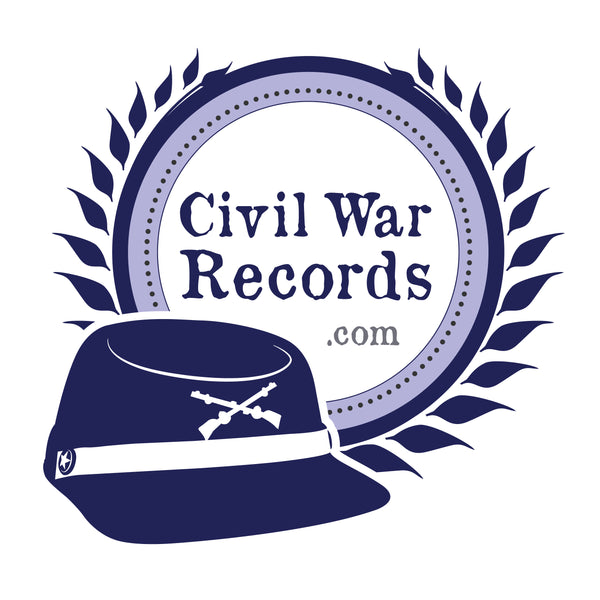Unveiling the Tales of Volunteer Soldiers: A Guide to Compiled Military Service Records
Share
As a genealogist or family historian, the pursuit of uncovering the stories of our ancestors often leads us to hidden treasures within the archives. One such treasure trove lies in the Compiled Military Service Records (CMSRs) housed at the National Archives. For those unacquainted with these invaluable records, they provide a fascinating glimpse into the military service of Volunteer soldiers from the Revolutionary War through the Philippine Insurrection. In this blog post, we'll delve into the significance of these records, shedding light on the wealth of information they contain and how they can be accessed through services like Civil War Records.
The genesis of CMSRs can be traced back to the 1890s when the War Department envisioned a systematic documentation of the military service of each Volunteer soldier. These records, transcribed meticulously from original muster and pay rolls, regimental returns, and other sources, were used as to verify the claims that soldiers were making in their pension applications. Instead of pulling out the muster rolls, medical records, and prisoner of war records over and over again, these packets were created to help the clerks process the pension applications quicker. This sped up the process of approving pension applications, but also helped to preserve the original records by limiting the number of times those needed to be accessed.
Initially crafted for Union veterans of the Civil War, CMSRs later expanded to encompass state Volunteers from various conflicts, creating a comprehensive archive spanning the Revolutionary War through the Philippine Insurrection. The National Archives now stands as the custodian of these historical documents, waiting to unveil the untold stories of your ancestors.
At the core of the CMSR is an envelope (jacket) housing numbered cards, each representing a mention of the soldier in official documents. These cards provide a chronological account of a soldier's military engagements, indicating presence or absence during specific periods. But the richness of these records extends beyond mere attendance logs; they could potentially unveil personal details such as:
- Full Name: The cornerstone of any genealogical exploration.
- Date(s) of Enlistment: Pinpointing the moment your ancestor committed to serving their country.
- Period(s) of Service: Understanding the duration of their military commitment.
- Residence at Enlistment: Shedding light on their roots and migration patterns.
- Personal Description: Details like age, height, hair and eye color, and complexion bring your ancestor to life.
- Financial Details: Some cards delve into pay rates, bounty, promotions, and other financial aspects.
- Critical Events: Wounds received, promotions earned, and hospitalizations endured tell a compelling narrative.
Additionally, CMSRs may contain what’s known as "personal papers,” offering a fascinating glimpse into the soldier's life. From enlistment papers to records of capture and release as a prisoner of war, these extra documents add layers to your ancestor's story. However, it's essential to note that CMSRs do not often disclose parentage or next-of-kin details, and details about battles are often absent, requiring additional research.
For those beginning this historical journey, the good news is that CMSRs for the Revolutionary War, the Post-Revolutionary period, and the Civil War (including both Confederate and some Union organizations) are available online at www.ancestry.com and www.fold3.com. However, not all CMSRs have been digitized in full, with some residing exclusively at the National Archives.
As a dedicated service, we at Civil War Records provide an avenue for you to access these records efficiently and cost-effectively. Leveraging our expertise, we streamline the process, ensuring quicker retrieval from the National Archives. Complied Military Service Records are just the tip of the iceberg – our services extend to abundance of records available at the National Archives in Washington D.C.
Imagine uncovering the tales of resilience, sacrifice, and heroism embedded in your family's military legacy. The journey begins with understanding and ordering records such as Compiled Military Service Records. Let Civil War Records be your guide to unlocking the past. Visit us today to begin your historical journey to connect with those courageous ancestors who helped shape your family's narrative.
In conclusion, the Compiled Military Service Records housed at the National Archives are indispensable resources for genealogists. They offer a window into the past, allowing us to piece together the stories of our ancestors who served in various conflicts. As we navigate the labyrinth of historical documents, one question emerges: What untold stories will you discover as you delve into these military records of your ancestors?


